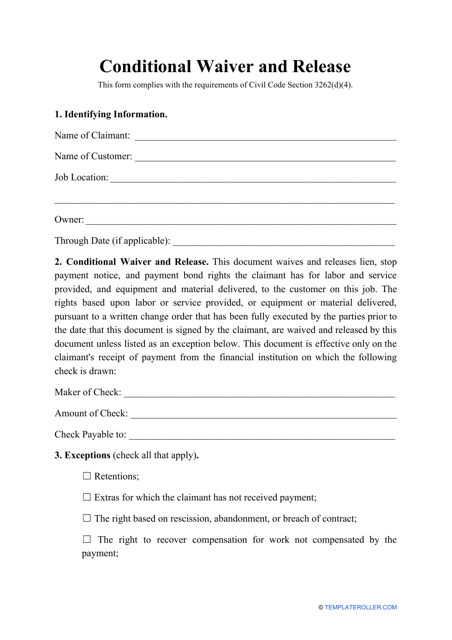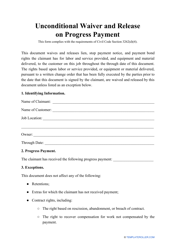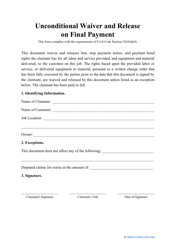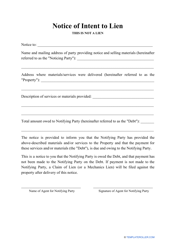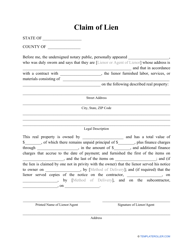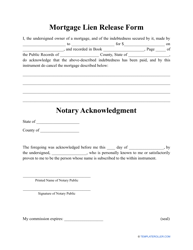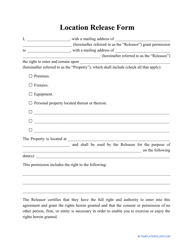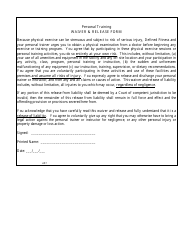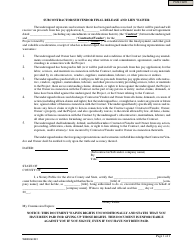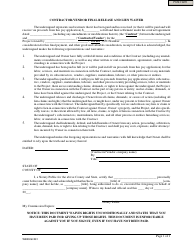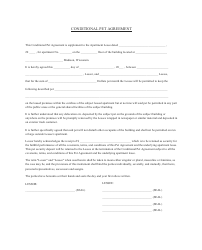Conditional Waiver and Release Form
What Is a Conditional Waiver and Release?
A Conditional Waiver and Release is a formal document that confirms the agreement between the lien holder (the creditor) and the owner of the property (the debtor) to repay the debt and verify the lien release regarding the property or items in question.
Often utilized by contractors and builders, this contract can be agreed upon by the parties if the lienholder is convinced that they will receive payments from the debtor. You can download a printable Conditional Waiver and Release template through the link below.
When to Use a Conditional Waiver and Release?
Once the debtor receives the Notice of Lien and discovers that their property is now burdened with a lien, it is a good idea to contact a lienholder to negotiate a lien release. This way, you can compensate the builder or mechanic for their services and get rid of the lien that encumbers your real estate, vehicle, vessel, or other valuable items, which is especially important in case you plan to transfer this property to another party very soon.
You can choose between two types of Conditional Waiver and Release:
- Conditional Waiver and Release on Progress Payment . Use this document if the creditor is prepared to give up their lien claim for a certain portion of the full payment they expect. Only go with this option if the debtor gave you assurances that the payments will come on time - otherwise, you may agree to the lien release and still not see the rest of the money owed;
- Conditional Waiver and Release on Final Payment. This document is filled out only after the creditor is paid in full. Whether the debtor negotiates to pay the money back in installments or provide the entire amount of debt in a lump-sum payment, this document is more beneficial for the creditor who either receives the money or retains the lien.
How to Fill Out a Conditional Waiver and Release?
Here is how you complete a Conditional Waiver and Release Form:
- Identify the parties to the agreement - the claimant and the party who will pay the debt - usually, this is the owner of the property.
- Describe the work that was performed and the location of the project. If you release a lien on a vehicle or vessel, you need to include its identifying characteristics.
- State the full payment amount and the method of payment - an automated clearing house direct deposit, check, credit card, or cash. You should attach a copy of the check or receipt to the waiver. The release becomes enforceable only if there is clear proof of payment; if the delivery of the payment is postponed, it may lead to the termination of the agreement because the creditor did not receive the money the debtor promised to pay.
- If the creditor allows the debtor to pay the debt in installments or simply releases the lien after one payment, add the through date clause to your document. You can enter several dates that indicate project milestones and certify that once the creditor is compensated for their services and materials step by step, the lien is released gradually or in full.
- If the creditor decided to exclude other claims and debts from the waiver, you must specify them and state whether the debtor still has to make payments or the debt is forgiven.
- Sign and date the form. One copy goes to the contractor, the other is for the property owner. To add an extra level of protection to your document, you can notarize it, but there are no legal requirements to do so.
Haven't found the template you're looking for? Take a look at these related templates:
